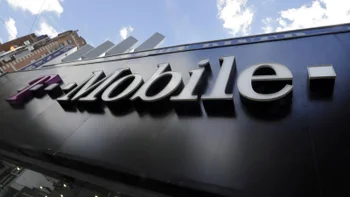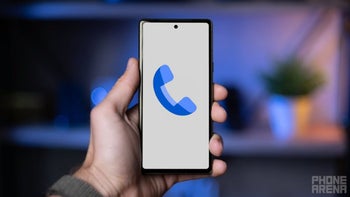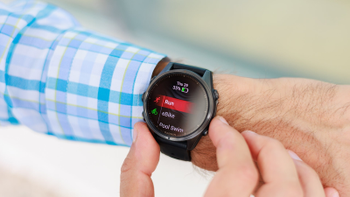T-Mobile wants first responders to deploy more drones
Also, the telco is relying more and more on AI to aid emergency responders.

Drones are really hot these days, and these tech birds are not just used across the Middle East or along the Dnieper River – drones are extremely important for US-based first responders, too.
As you know, over the past year, T-Mobile has stepped up efforts to support emergency response operations in areas hit by natural disasters. By introducing advanced technologies and enhancing network infrastructure, the mobile carrier aims to provide reliable, high-speed connectivity for first responders during critical moments.
Nicole Hudnet, who advises the emergency response team at T-Mobile Business Group, explained that the company has focused on deploying cutting-edge solutions to communities impacted by events such as wildfires and hurricanes. This work has also involved strengthening coordination with local and state authorities to ensure communication systems remain functional when disasters strike:
Central to this effort is T-Mobile's development of T-Priority, a specialized 5G network slice tailored for emergency responders.
Network slicing is a 5G technology that ensures faster, more reliable connectivity by creating dedicated virtual lanes within the network for different users or services. Just like a highway with separate lanes for ambulances, trucks, and cars to prevent traffic jams, network slicing gives priority access to critical services – such as emergency responders – even in crowded or high-demand areas.
Unveiled not so long ago, T-Priority is designed to deliver faster speeds, lower latency, and greater reliability, particularly during periods of network congestion. While New York City was the first to implement this service, T-Mobile plans to scale the solution to other regions experiencing high demand during emergencies.
Beyond municipal partnerships, T-Mobile has extended T-Priority to federal agencies, including the Department of Defense, helping to ensure secure and stable communications for the US military worldwide.
T-Mobile works closely with emergency operations centers, particularly at the state and local level, to better understand the unique needs of each community and deliver timely support to first responders. The company also participates in preparedness exercises led by agencies like FEMA, emphasizing the importance of involving all network providers in training scenarios to ensure smooth coordination during real emergencies.
As you know, over the past year, T-Mobile has stepped up efforts to support emergency response operations in areas hit by natural disasters. By introducing advanced technologies and enhancing network infrastructure, the mobile carrier aims to provide reliable, high-speed connectivity for first responders during critical moments.
Why is this so critical for our first responders is they're deploying more drones and AI-enabled technologies and data intensive communications – body worn cameras, traffic cameras, mapping tools – than ever before.
– Nicole Hudnet, emergency response team advisor for T-Mobile Business Group, June 2025
Central to this effort is T-Mobile's development of T-Priority, a specialized 5G network slice tailored for emergency responders.
Network slicing is a 5G technology that ensures faster, more reliable connectivity by creating dedicated virtual lanes within the network for different users or services. Just like a highway with separate lanes for ambulances, trucks, and cars to prevent traffic jams, network slicing gives priority access to critical services – such as emergency responders – even in crowded or high-demand areas.
Beyond municipal partnerships, T-Mobile has extended T-Priority to federal agencies, including the Department of Defense, helping to ensure secure and stable communications for the US military worldwide.
T-Mobile works closely with emergency operations centers, particularly at the state and local level, to better understand the unique needs of each community and deliver timely support to first responders. The company also participates in preparedness exercises led by agencies like FEMA, emphasizing the importance of involving all network providers in training scenarios to ensure smooth coordination during real emergencies.
Beyond connectivity, T-Mobile is expanding its capabilities with advanced technologies such as AI and drones. In response to Hurricane Helene, the company collaborated with local police in Asheville, North Carolina, using heavy-lift drones for aerial assessments and search efforts. T-Mobile also relies on its AI-driven self-organizing network, which automatically adjusts to real-time conditions to maintain service and reduce outages.
Follow us on Google News










Things that are NOT allowed:
To help keep our community safe and free from spam, we apply temporary limits to newly created accounts: